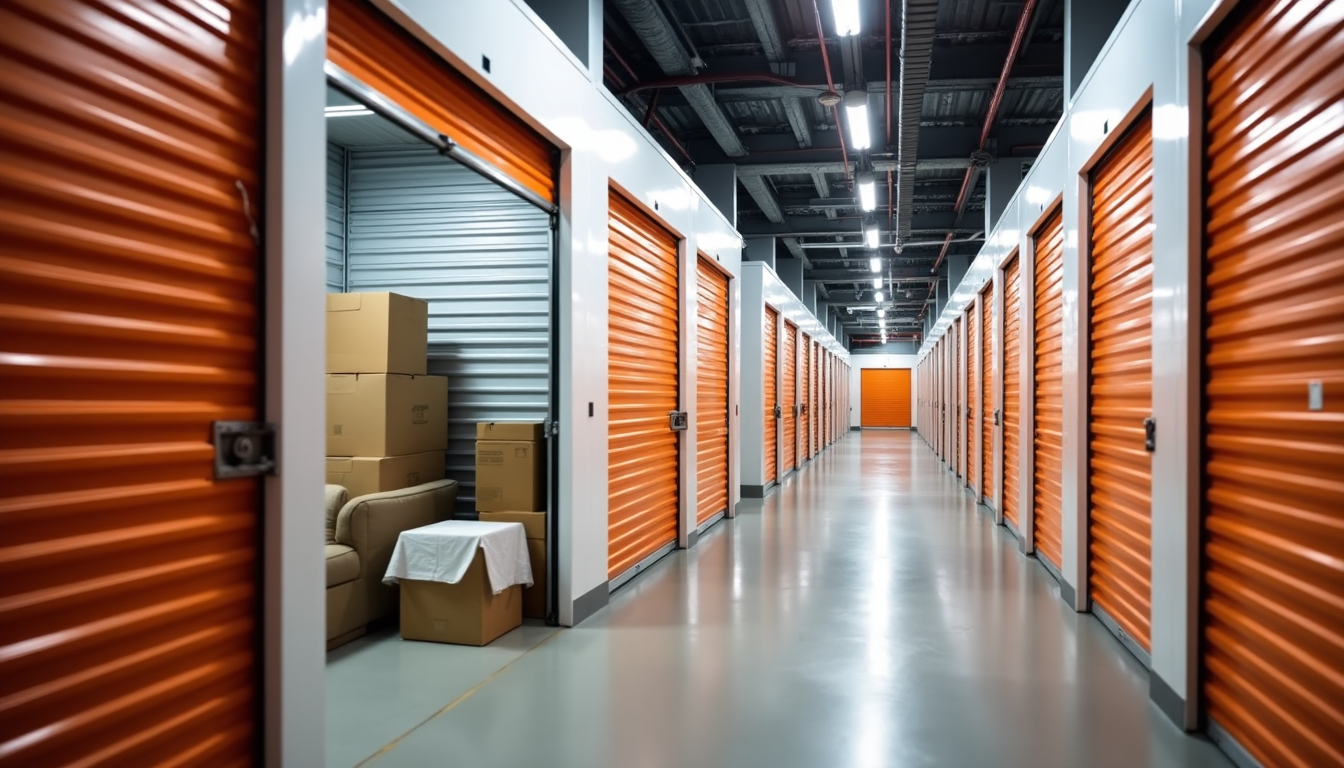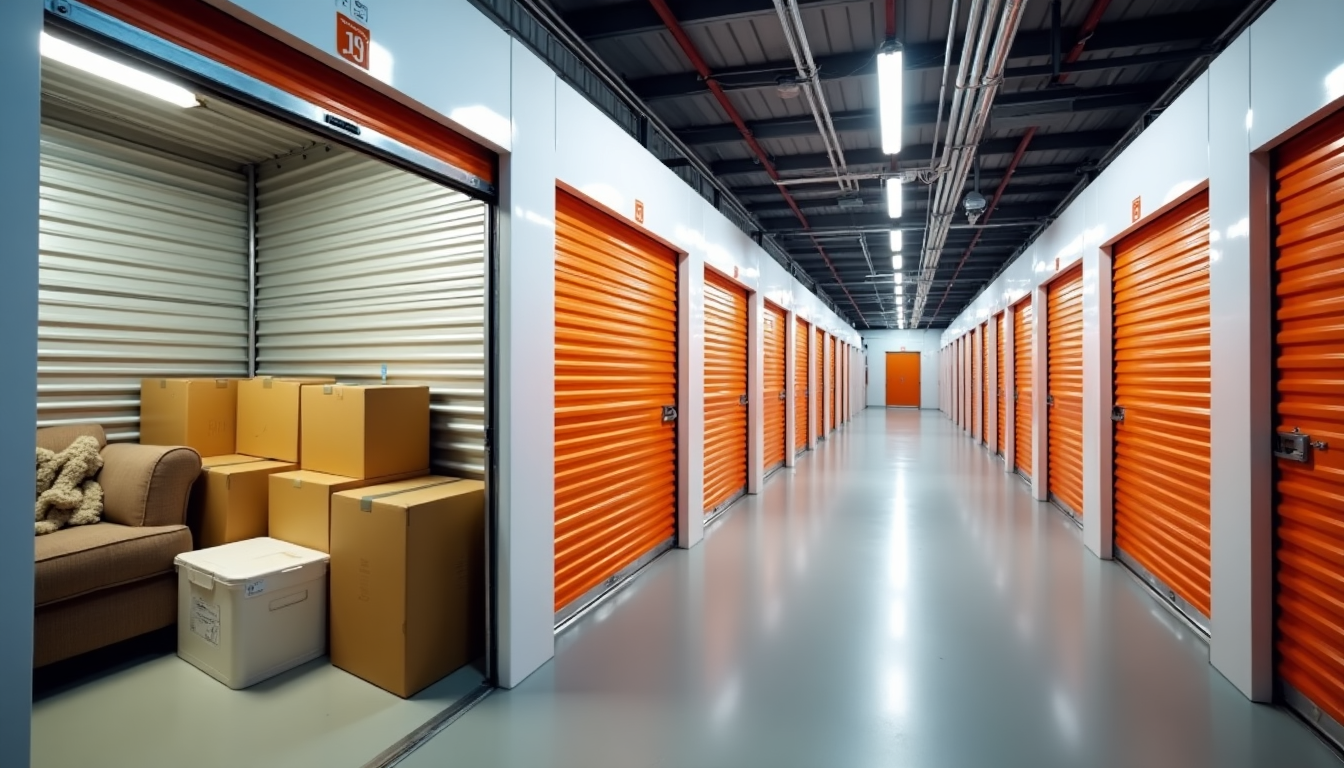The Perfect Self Storage Guide: How to Pick the Right Type (Expert Tips)
The self-storage industry will explode in 2025. Homeowners, small businesses, and renters need extra space to store their belongings.


The self-storage industry will explode in 2025. Homeowners, small businesses, and renters need extra space to store their belongings.
When you're moving or need temporary space, storage unit hunting can feel overwhelming. Storage units come in all sizes, from compact 5'x5' lockers to spacious 10'x30' spaces. Monthly costs range from $50 to $310, giving you plenty of options to consider.
Major players like PODS have completed over 6 million moves. Public Storage and U-Haul's thousands of locations offer storage options that fit every need. Your choices include climate-controlled units that maintain specific temperatures and facilities with round-the-clock access.
The perfect storage solution awaits you. Let's explore the essential details about storage unit types and selection criteria that match your requirements.
Understanding Storage Unit Basics
Storage units give you a dedicated space to store your personal or business items. You'll find them in various sizes, ranging from compact 5'x5' lockers to spacious 20'x20' rooms. The units have windowless walls built with concrete cinder blocks or corrugated metal, and you can secure them with your locks.
What exactly is a storage unit
A storage unit is a rented space inside a larger facility that meets your short-term storage needs. Most facilities let you rent on a month-to-month basis, which works great for both individuals and businesses. On top of that, these units come with roll-up metal doors that look like garage doors, though smaller units might have hinged metal entrances instead.
Common uses and applications
Storage units do much more than simply store stuff. We use these spaces to declutter during home renovations or moves. Businesses often keep their inventory, documents, and equipment safe in these units. Students find them especially helpful for storing their stuff during summer breaks or between semesters.
Key features to look for
The right storage unit should have these significant features:
- Security Measures: The best facilities have surveillance cameras, controlled gate access, individual unit alarms, and security staff on-site
- Climate Control: Units that keep temperatures between 65-85 degrees Fahrenheit protect your sensitive items from damage
- Accessibility Options: You'll find many facilities that offer 24/7 access, drive-up units, and moving equipment like dollies or carts
Clean facilities are a great way to keep your stored items in good shape. Quality facilities clean regularly and take care of pest control. These measures help your belongings stay in excellent condition while they're stored.
The core team's presence adds extra value because they can guide you in choosing the right unit and help with any issues during your storage period. Researching and thinking about these features will help you find the perfect storage solution for your needs.
Different Types of Storage Units
Your choice of storage type can significantly affect the safety and accessibility of your belongings. Here are some unique features of storage options that will help you make a smart choice.
Indoor vs outdoor units
Indoor storage units offer better protection inside a building structure and two layers of security against weather and unauthorized access. They also come with wide-access elevators and free carts to move your items. Outdoor units work like extra garage space and let you drive right up to them, which makes loading and unloading easier.
Indoor facilities have better lighting and provide moving carts that make transport simple. Outdoor units cost less and fit larger items, which makes them perfect when you need frequent access.
Climate-controlled options
Climate-controlled storage keeps temperatures between 65-85 degrees Fahrenheit to protect sensitive items from environmental damage. Your belongings stay safe from extreme temperatures and harmful humidity levels in these units. Here are items that need climate control:
- Electronics and computers
- Wooden and leather furniture
- Musical instruments
- Important documents
- Artwork and photographs
- Books and vinyl records
Items stored in non-climate-controlled units might warp, crack, or develop mold as weather changes between hot and cold throughout the year. Climate control becomes crucial to preserve valuable possessions in the long term.
Vehicle storage solutions
Vehicle storage has three main forms: outdoor parking, covered spaces, and fully enclosed units. These storage options fit everything from motorcycles to RVs and provide secure short-term and seasonal storage solutions.
Uncovered parking offers the most economical option, ideally on concrete surfaces. Enclosed units give maximum protection from rain, snow, and wind. On top of that, most vehicle storage facilities use advanced security features like gated access, surveillance cameras, and sometimes on-site staff.
Matching Storage Types to Your Needs
A detailed assessment of your storage needs will help you pick the right storage unit. Let's look at how to review your requirements and figure out the space you need.
Assessing your storage requirements
Start with a detailed list of items you want to store. This means writing down everything from furniture and appliances to seasonal decorations. Take your time and think about these important factors:
- Item sensitivity and protection needs
- Frequency of access required
- Duration of storage
- Budget constraints
- Security requirements
- Priorities
Your items might need special care, so check this before picking a storage type. Sensitive items like electronics, artwork, or business documents might need climate-controlled units that keep temperatures between 55 and 80 degrees Fahrenheit.
Space calculation tips
The right unit size depends on accurate measurements of your belongings, which you can do after completing your inventory. Proper space calculation will help you avoid making pricey mistakes in unit selection.
Measure the length, width, and height of larger items first. You can also stack your belongings in one pile to estimate your needed space. Storage units usually have 8-foot ceilings, so you can make the most of vertical space.
Storage facilities often provide online calculators, which are a great way to get size recommendations when inputting your items. These tools help you estimate both square footage and cubic footage requirements.
Here are some practical ways to measure:
- Multiply length and width to get square footage for floor space needs
- Multiply length, width, and height to find total volume in cubic footage
- Add 10-15% extra space so you can move around easily
Note that your storage needs might change with seasons and future additions. Plan for extra items unless you're sure about short-term storage - this saves you from upgrading hassles later.
We focused on using vertical space effectively. By storing furniture vertically, using shelving units, and stacking boxes efficiently, you can save money on monthly costs — this cuts down the square footage you need by a lot.
Evaluating Storage Facilities
Choosing a secure, easy access storage facility needs a good look at several factors. The right choice comes down to three things: security measures, how convenient the location is, and their access rules.
Security features to check
A reliable security system serves as the foundation of any good storage facility. Modern facilities use several layers of protection:
- Security cameras that run 24/7 with motion-activated recording
- Gates you can only enter with your personal code or keycard
- Lights that turn on when they detect movement
- Alarms for each unit and digital keypads
- Security guards on-site to boost protection
- Systems to prevent and fight fires
Location considerations
The facility's location affects its ease of use. A good storage facility should allow you to turn your vehicle fully when entering or leaving. Sites near main roads where traffic moves below 45 mph work best for visibility and safe access.
The perfect spot needs to check several boxes. Being close to police stations makes the place safer and cuts down the chance of break-ins. The facility needs enough parking space and loading zones that work for different vehicles.
Access policies
Learning about a facility's access rules helps you avoid problems later. Quality facilities give you clear guidelines about when you can enter, what ID you need, and their security rules. These rules usually cover:
- When you can and can't enter
- What ID documents do you need
- How to get to your unit
- Security check steps
- What insurance you must have
Some facilities let you enter at any time with contactless systems. You can open gates and doors using your phone. The best places strike a balance between staying secure and being convenient. They keep strict controls while making things smooth for people who should be there.
The facility should also spell out when it performs maintenance, including how often it cleans common areas and controls pests. This dedication to keeping things clean protects your stored items from damage and shows that it runs a professional operation.
Making the Final Decision
Smart financial decisions about self-storage start with getting a complete picture of the costs. Based on size and features, storage unit prices usually range from $70 to $300 each month. Let's look at how to review costs and contracts the right way.
Cost comparison strategies
Monthly storage unit costs average around $180. Prices change based on several factors. Climate-controlled units cost about $10 more per month, while vehicle storage spaces run about $210 monthly.
Location plays a big role in storage costs. Storage facilities in the Northeast charge higher rates at $200 per month, while Southwest locations cost about $160. The time of year affects pricing too. You'll find better rates during winter months because demand drops.
To get the best deal:
- Get quotes from at least three different facilities
- Look for promotional offers like first-month-free specials
- Check longer-term contracts for possible discounts
- Look at all fees, including administrative charges and insurance costs
Many facilities now give online booking discounts and seasonal deals. The lowest price isn't always the best value. Take a good look at security, accessibility, and amenities when you compare costs.
Contract terms to review
Price is just one part—understanding contract terms is also vital. Most storage rentals are month-to-month, though some places require minimum rental periods.
These contract elements need your attention:
- Payment Terms: Late payment grace periods differ by company and state. Some places can auction your stuff after short payment delays
- Insurance Requirements: Most facilities want you to have renters insurance or their own coverage plans
- Rate Increase Notices: Check if they must tell you before raising rates
- Early Termination: Look for fees if you leave early
- Additional Fees: Watch for admin fees, sales tax, and monthly insurance charges
Some facilities offer special contract perks. For example, certain providers accept freight deliveries for business customers. Your rental agreement should spell out all services, charges, and rules.
Read the entire agreement carefully before signing. Most places charge a one-time admin fee and need insurance coverage. The contract must list exact payment dates, late fee amounts, and when you can access your unit. Late fees at some locations won't exceed $20 or 20% of monthly rent.
Storage facilities are a great way to get discounts compared to other moving services. Watch out for deals that seem too good - they might hide extra fees or poor conditions. Good facilities are upfront about all charges, including possible penalties and insurance needs.
When It's Time For Storage
The right storage unit depends on several factors, including unit types, security features, costs, and contract terms. Storage needs differ between people and businesses. Finding the right match for your specific needs will ensure a successful storage experience.
Security is the lifeblood of any quality storage facility. Your belongings stay safe through surveillance systems, controlled access, and a core team. Climate-controlled options protect sensitive items, and units of all sizes fit different storage needs.
Smart spending starts with researching and comparing facilities in your area. Monthly rates typically run $70 to $300, based on location, size, and unique features. A careful review of contract terms helps avoid surprise fees and clarifies your rights and responsibilities.
Need storage or moving help? WeMove AI has you covered—your move, powered by AI. No calls, no hassle—our AI calculates everything in seconds to create your perfect moving plan without human interaction. Get started today!
The ideal storage solution balances security, accessibility and cost with your specific needs. Take time to review options, ask questions and pick a facility that fits your storage needs.

